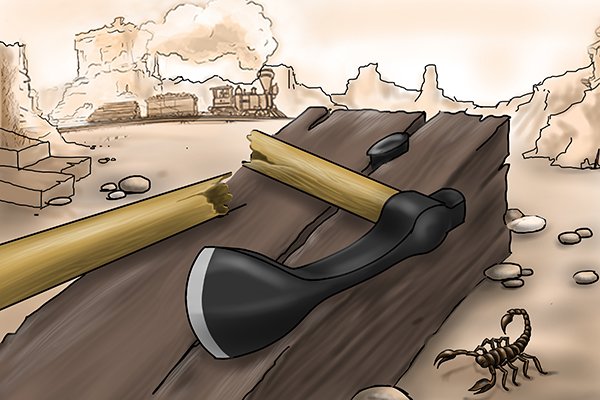

The shape and manufacture of these adzes is similar to those found from the Neolithic stone age in Europe. It is then fixed to a natural grown angled wood with resin and plant fibers. The hardstone is ground on a riverine rock with the help of water until it has got the desired shape. Ground stone adzes are still in use by a variety of people in Irian Jaya (Indonesia), Papua New Guinea and some of the smaller Islands of Melanesia and Micronesia. Final surfacing is sometimes performed with a crooked knife. Where larger Northwest adzes are similar in size to their European counterparts, the smaller sizes are typically much lighter such that they can be used for the detailed smoothing, shaping and surface texturing required for figure carving.

As with European adzes, iron shapes include straight, gutter and lipped. Northwest coast adzes are often classified by size and iron shape vs. The D-handle therefore provides no mechanical leverage. The second form is the D-handle adze which is basically an adze iron with a directly-attached handle. Modern hafts are sometimes constructed from a sawed blank with a dowel added for strength at the crook. The thin end is used as the handle and the thick end is flattened and notched such that an adze iron can be lashed to it. The hafted form is similar in form to a European adze with the haft constructed from a natural crooked branch which approximately forms a 60% angle. Northwest coast adzes take two forms: hafted and D-handle. Northwest Coast AmericaĪmerican Northwest coast native peoples traditionally used adzes for both functional construction (from bowls to canoes) and art (from masks to totem poles). At the same time on Henderson Island, a small coral island in eastern Polynesia lacking any rock other than limestone, natives may have fashioned giant clamshells into adzes. Prehistoric Māori adzes from New Zealand, used for wood carving, were made from nephrite, also known as jade. To this day, iron adzes are used all over rural Africa for various purposes - from digging pit latrines, and chopping firewood, to tilling crop fields - whether they are of maize (corn), coffee, tea, pyrethrum, beans, millett, yams or a plethora of other cash and subsistence crops. Īs iron-age technology moved south into Africa with migrating ancient Egyptians, they carried their technology with them, including adzes. It was apparently the foreleg of a freshly sacrificed bull or cow with which the mouth was touched. The ahnetjer ( Manuel de Codage transliteration: aH-nTr) depicted as an adze-like instrument, was used in the Opening of the Mouth ceremony, intended to convey power over their senses to statues and mummies. Examples of Egyptian adzes can be found in museums and on the Petrie Museum website.Ī depiction of an adze was also used as a hieroglyph, representing the consonants stp, "chosen", and used as. While stone blades were fastened to the wooden handle by tying, metal blades had sockets into which the handle was fitted. Originally the adze blades were made of stone, but already in the Predynastic Period copper adzes had all but replaced those made of flint. The adze is shown in ancient Egypt from the Old Kingdom onward. Adzes were also made and used by prehistoric southeast Asian cultures, especially in the Mekong River basin. Shoe-last adzes or celts, named for their typical shape, are found in the Linear Pottery and Rössen cultures of the early Neolithic. Polished adzes and axes made of ground stone, such as amphibolite, basalt or Jadeite are typical for the Neolithic period. In central Europe, adzes made by knapping flint are known from the late Mesolithic onwards (" Scheibenbeile").


 0 kommentar(er)
0 kommentar(er)
